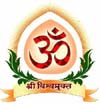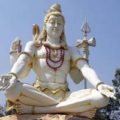
Guru is a Sanskrit term for Teacher, mentor, guide, expert or master of certain knowledge of field.
The oldest references to the concept of guru are found in earliest Vedic text of Hinduism.
Vedic Shastras range from knowledge to various Arts.
In Indian tradition, Guru is more than a teacher, who dispels the darkness and takes towards light.
“अज्ञान तिमिरांधश्च ज्ञांनांजन |
शलाकया,चक्षुन्मिलितम तस्मै श्री गुरवे नम:”||
(Bhagavat Geeta 17)
In the scripture the meaning of Gu is explained – darkness or basic ignorance and Ru means its restraint. The guru is called guru because he removes the ignorance of darkness with the jnananjan shalaka that is the one who, removes the darkness and leads to the light is called GURU.
Table of Contents
What is guru Purnima occasion in India?
Gur Purnima is meant for paying an ode to teachers and mentors in India, and is observe on the Purnima tithi (full moon night).
Guru Purnima is also called as “Vyas” Purnima. Aashaadha as per the purnimant calendar. This year, guru Purnima, which also marks the birth anniversary of sage Veda Vyasa, celebrated on 5 July. (who wrote the great Mahabharata).
Starting from this day up to next 4-month guru – sages settled at one place to give there knowledge. As per Veda text this time is the ideal time for learning.
Just as the land is heated by the sun, gets the power to produce coolness and harvest from rain, so the seeker present at the Guru-charan gets the power to acquired knowledge, peace, devotion and yoga power.
Guru is the only one master who knows God, may rightly teach others about him. To regains ones `divinity one must have such a master or guru.
There were two types of education in ancient India, the Gurukuls or Vedic School and the viharas or Buddhist monasteries.
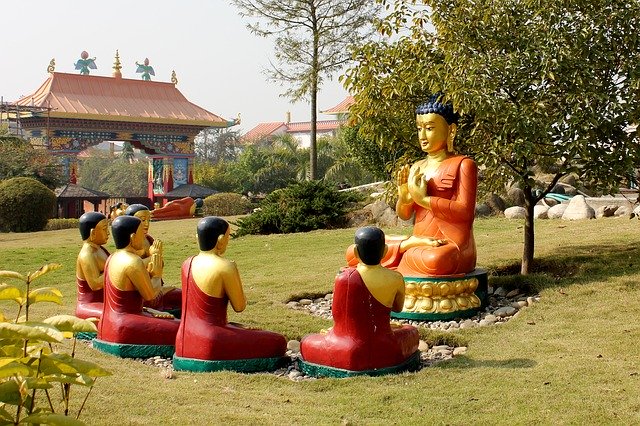
Guru-shishya paramapara (tradition)
This is the tradition of spiritual relationship and mentoring where teaching is transmitted from a Guru (“teacher”) to shishya (“disciple”).
“The Guru will appear when the disciple is ready”.
The relationship of guru-disciple is the highest expression of friendship, which is based on unconditional divine love and wisdom.
In Mandukya Upanishad – to realize the supreme godhead holding samidha grass in his hands one should surrender himself before the Guru.
The one who guides you on the spiritual path is Guru. (kanthopanishad).
Do you know history of Guru-Shishya Parampara?
In urban universities like Takshashila, Nalanda and vikramashila essentially evolved from these tiny gurukulas tucked away in deep woods.
Historical studies indicate that in Nalanda university (first university in world) founded in 5th century BC and reported to have been visited by the Buddha during his lifetime.
And on record of 7th century AD Nalanda held some 10,000 students and 1500 teachers when it was visited by the chinese scholar Xuan Zang.
The guru is required in order to properly understand the scriptures.
The Guru does not allow the disciple to develop an inferiority complex from the fact that he is lesser than the Guru. He lifts the student to be able to access the soul knowledge within.
The learning process, to attend the harmony with your body & soul, at the utmost level of consciousness you have to learn from Guru.
“IF YOU WILL SURRENDER YOU WILL LEARN MORE TO EXPLORE”.
Surrender the ego at the feet of the guru and remain depend in his faith, goal and commitment.
Who is Sadguru?
Purely from the spiritual point of view, the guru of the highest knowledge and realization is called Sadguru.
It is said that at the time of diksha (preparation of religious ceremony) a Sadguru transmits the small portion of vital (prana) energy into the disciple.
It is also said that he absorbs the accumulated karmas (good and bad deeds of disciple from past life) and make him a clean state to start his religious quest with full vigor.
In Buddhism:
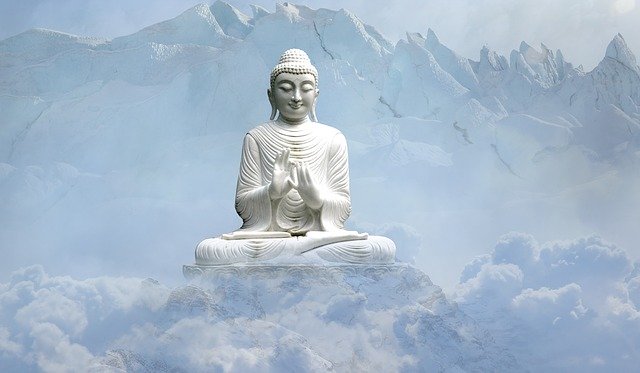
The guru is the Buddha, the guru is the Dhamma, and the guru is the Sangha.
The guru is the glorious varjadhara, in this life only the guru is the means (to awaking).
Therefore, someone wishing to attain the state of Buddhahood should please the guru.
(Guhyasanya sadhanamala 28,12th century).
In Jainism:
Guru is the spiritual preceptor in Jainism and one of the three fundamentals tattva from the other like Dharma (teaching) and deva (divinity).
In Sikhism:
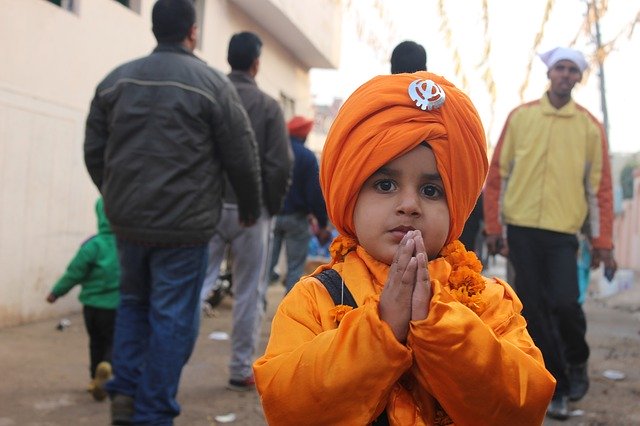
The temporal lord, who created Shiva, the yogi: who created Brahma, the master of the Vedas
The temporal lord who fashioned the entire world, I salute the same lord.
The temporal lord, who created the whole world, who created gods, demons and yakshas, he is the only one form the beginning to the end.
I consider him only my guru.
(Dasam Granth 384-385).
अखंड मंडलाकारम व्याप्तम येन चराचरम |
तत्पदम दर्शितम येन तस्मै श्री गुरवे नम: ||
Lord he whose form is one whole which is invisible present everywhere, pervade both living and non-living manifestation. Guru is who has seen the feet of such lord (he who has experienced oneness with the ultimate), salutation or blessed one.
ध्यानमुलं गुरुमूर्ति: |
पुजामुलं गुरुर्पदम ||
मंत्रमुलं गुरु वाक्यं |
मोक्षमुलं गुरुकृपा ||
The root of meditation is the guru’s form.
The root of worship, guru’s feet
The root of mantra, guru’s word
The root of freedom, guru’s grace.
If you are true seeker for knowledge then, the only answer is Guru.
Written By…
|
Dr. Pallavi Shinde is the director at Shree Vishwamukta Yog, Ayurved and Panchakarma Clinic at Pune, India. She always uses ayurvedic proprietary formulations for many chronic health diseases & many products for Skin Diseases & beauty products. She is a hardcore Researcher, Practitioner, Promoter of Ayurveda. Contact today to book an appointment. |
